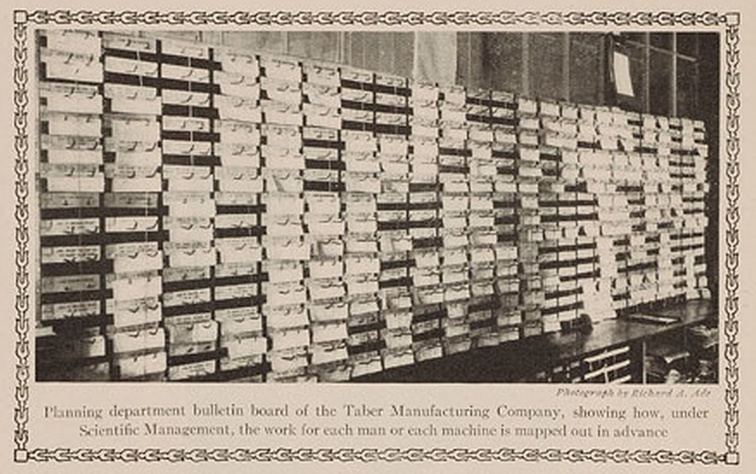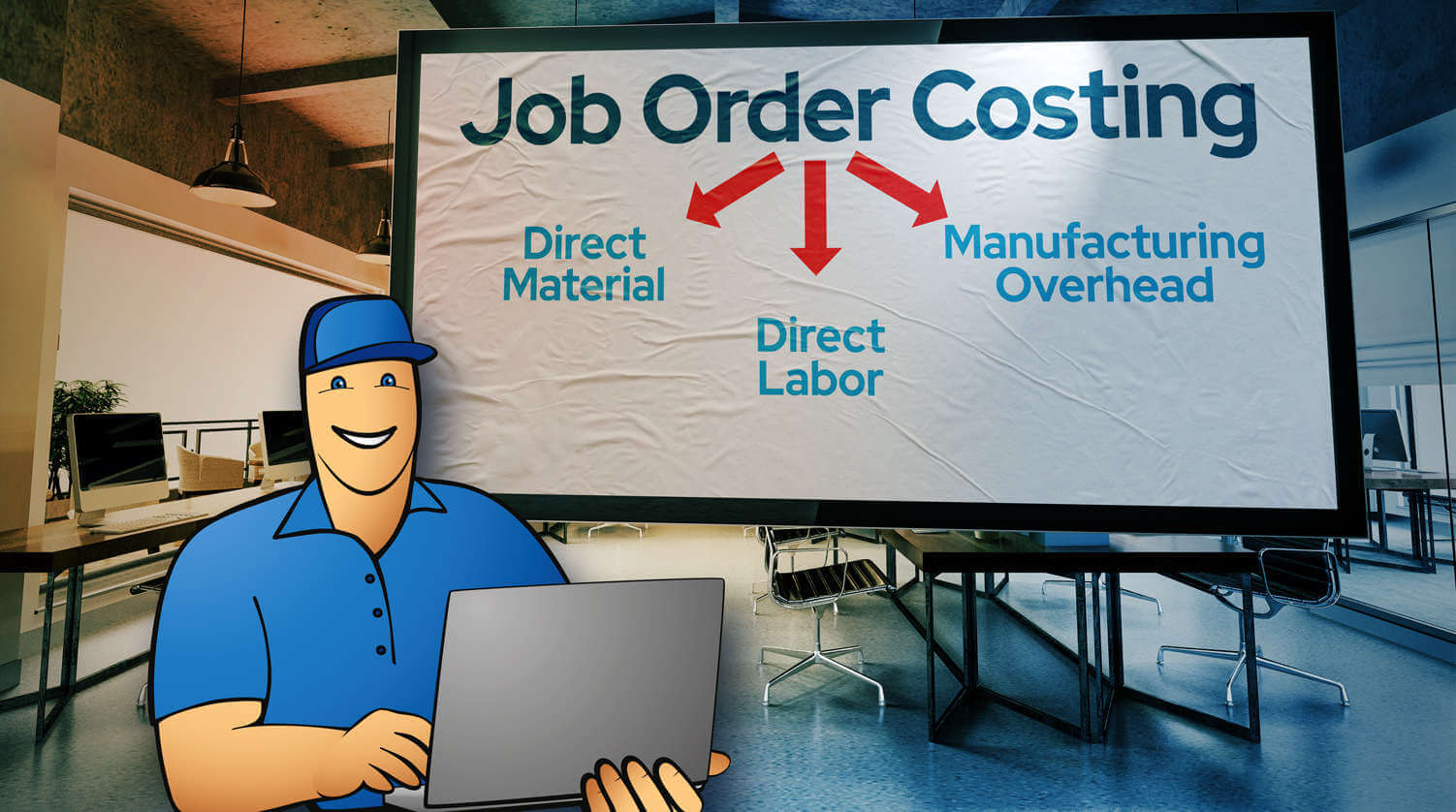Manufacturing Production Planning — what is it?

Typically, manufacturing production planning is time-consuming, lots of decisions have to be made, lots of different information has to be looked at, it’s labor rich and it is super easy to make simple errors. It’s often a lot of work and sometimes a real pain.
It’s mostly done the hard way by using pen and paper and going through everything manually: spreadsheets, calendars, important product and production details, etc.
In essence, it is simple math, simple calculations, e.g. if I don’t have an article in stock and the lead time is 3 days, then I can proceed in 3 days. Simple, isn’t it?
Yes, it’s simple, but just not easy.
The problem arises because there are tens, hundreds, or even thousands of small calculations needed to be done. And people are slow.
The added layer of difficulty is that every result has to be weighed against all the facts available. Often things get overlooked and errors creep in.
The time consumed can range from an hour to days depending on the complexity of the processes.
Overall, the problem is people. The solution is to have computers doing the number-crunching and people doing the adjusting, if necessary. This can save up to 80% of the time of production planning and completely eliminate simple errors.
So, what information goes into production planning?
First and foremost, of course, what and when needs to be produced. This is not only the name and a date, but a wealth of information, including:
- Bill of Materials
- Routings (how the item is to be produced)
- Raw material availability in stock
- Raw material costs
- Vendor lead times and prices
On the other side of the coin is information about workstations and machines:
- Availability
- Information about other jobs on the machines
- Capacity and productivity
- Costs related to machines
- Costs related to workers on the machine
What is the expected result?
The two most important results are:
- When will it be produced
- How much will it cost
Besides these two important numbers there is another important output, the work calendar:
- Bookings of workstations
- Work orders for workers
By using computers and scheduling software for number-crunching, it is easy to avoid common pitfalls like over- or underbooking, unrealistic lead times, and costing. This is what MRPEasy can do for you, this is what it is made for.



